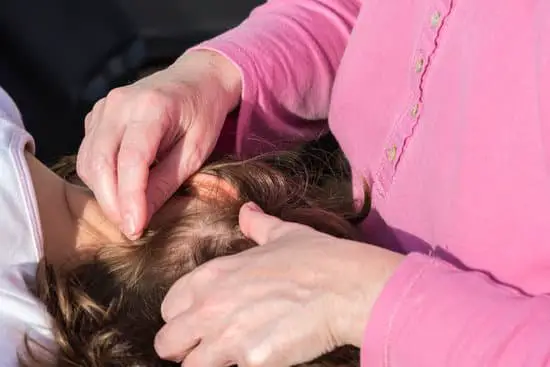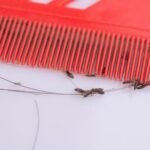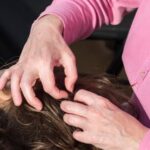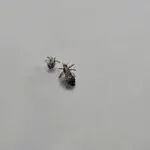How Head Lice Reproduce
Learning how head lice reproduce can help you to understand the parasite’s life cycle. The lice reproduce by moving from one stage of development to another. Each stage of lice life has its own unique features. Their high reproduction rate adds a fascinating layer of complexity to the life cycle. To understand how head lice reproduce, you must first understand how they feed.
Head lice reproduce rapidly, with a life cycle of 16 days in a favorable environment, but up to 30 days when conditions are unfavourable. This means that an infestation can start within 1.5 to two months after infection. This is why prevention is so important. Keeping your head clean will help you avoid getting infected with head lice.
Once infested, the female head lice lay three to eight eggs per day. These eggs need blood in order to survive. The eggs are called nits by medical professionals, and they’re 0.8 to 0.3 millimeters in diameter. They can be oval or teardrop-shaped, and can be any color. Once the egg hatches, it looks pale and translucent. Eventually, it will mature into an adult head louse.
After laying eggs, nymphs begin to develop. Lice nymphs will molt three times before they’re fully grown. It will take between 12 and 14 days for the newly-hatched eggs to reach adulthood. If left untreated, this cycle can repeat every three weeks. Children are the most common victims of head lice, but anyone can get them.








